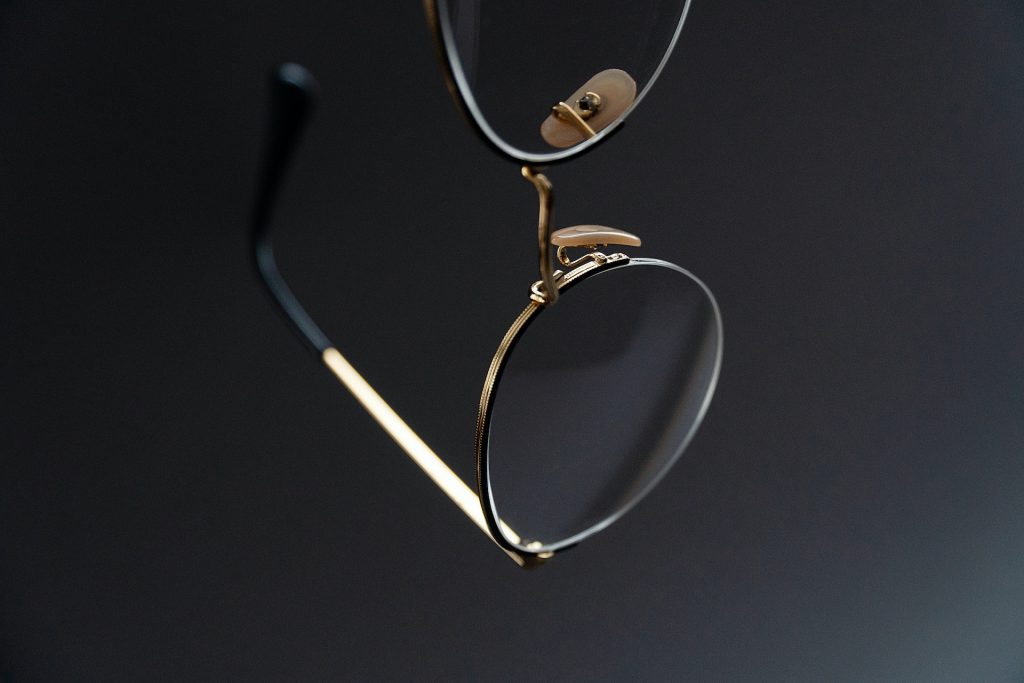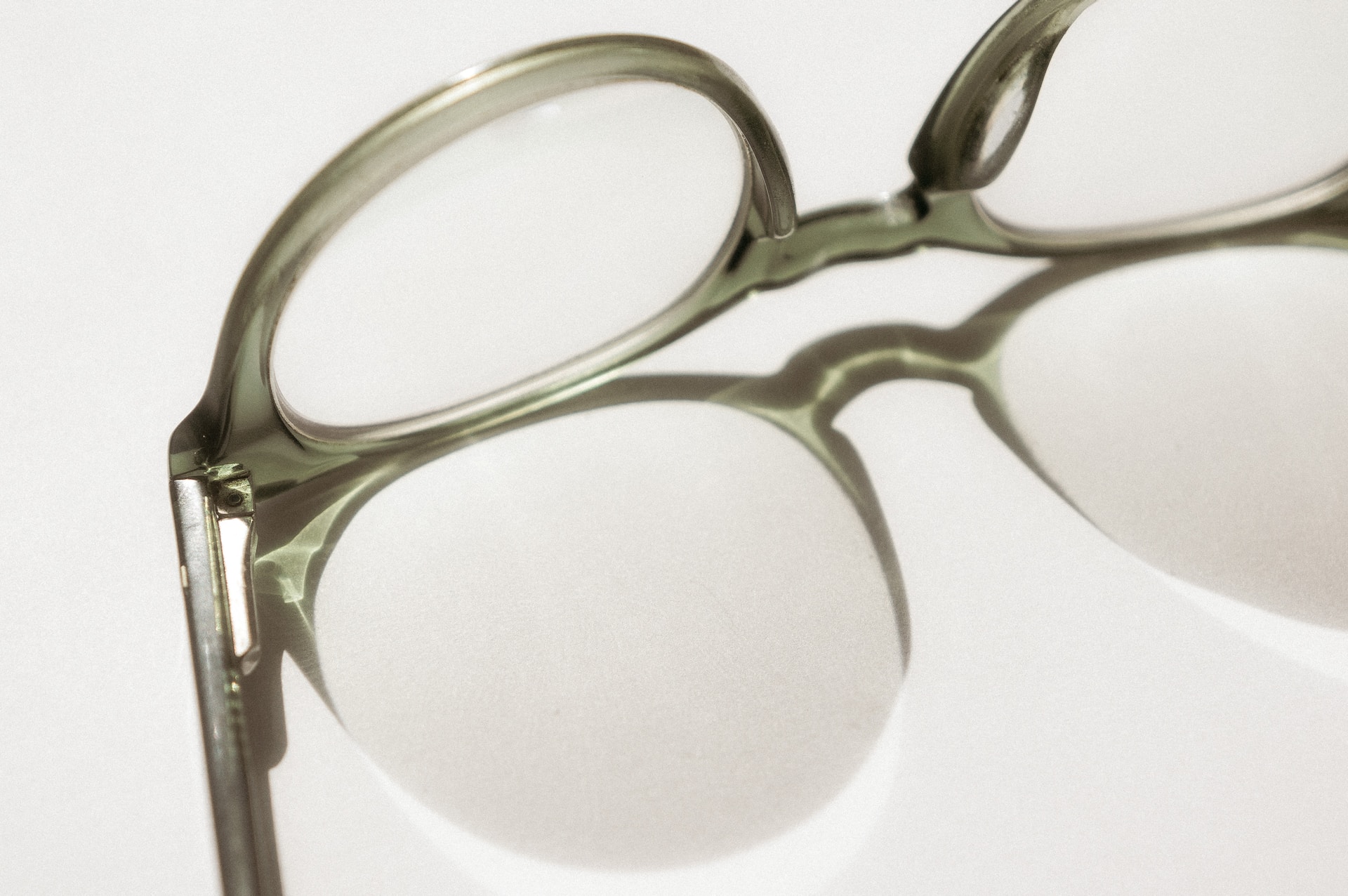In the vast spectrum of human history, few inventions have had as profound an impact on the lives of individuals as eyeglasses. These small yet mighty devices have transformed the way we perceive the world, allowing millions to experience clarity and detail that would have otherwise remained blurred. As we delve into the intriguing journey of eyeglasses, from their humble beginnings to their modern-day status as both functional and fashionable accessories, we gain a deeper appreciation for these vision-enhancing tools.

The Early Years
The origins of eyeglasses can be traced back to 13th-century Italy, where they emerged as a solution to the challenges of aging eyes. According to historical accounts, the inventor of eyeglasses is often credited to Salvino D’Armate, who is believed to have crafted the first pair around 1286. Early versions of these spectacles featured frames made from materials like wood, bone, or metal, with lenses ground from quartz or glass.
The invention of eyeglasses marked a revolutionary moment, as it provided a remedy for presbyopia, a condition that affects the eyes’ ability to focus on close objects due to aging. The newfound clarity offered by eyeglasses transformed the lives of scholars, craftsmen, and individuals from various walks of life, allowing them to read, work, and appreciate the world around them with renewed precision.
Components of Eyeglasses
Understanding the components of eyeglasses is crucial to appreciating their functionality. Modern eyeglasses typically consist of four main parts: frames, lenses, nose pads, and temple arms.
1. Frames
The frames serve as the foundation for eyeglasses, holding the lenses in place. Over the centuries, frames have evolved in design, material, and style. From the simplicity of early wooden frames to the lightweight and durable materials like titanium and acetate used today, the aesthetics of eyeglass frames have become as diverse as the individuals who wear them.
2. Lenses
The lenses are the heart of eyeglasses, correcting refractive errors such as nearsightedness, farsightedness, and astigmatism. Lenses can be made from various materials, including glass, plastic, and high-index materials. Additionally, advancements in lens technology have given rise to multifocal lenses, progressive lenses, and coatings that provide protection against glare and harmful UV rays.
3. Nose Pads
Often overlooked but essential for comfort, nose pads are the small cushions that rest on the bridge of the nose. They help distribute the weight of the glasses evenly and prevent discomfort during extended wear. Nose pads can be adjustable or fixed, catering to the diverse facial structures of wearers.
4. Temple Arms
Temple arms, also known as temple pieces or arms, extend from the frames and hook over the ears to keep the eyeglasses securely in place. Like frames, temple arms have undergone significant changes in design and materials. Some modern eyeglasses feature flexible and adjustable temple arms for a customized fit.

The Manufacturing Process
The production of eyeglasses involves a meticulous process that combines craftsmanship with cutting-edge technology. The journey from raw materials to the finished product includes several key steps:
- Material Selection: Eyeglass frames can be crafted from various materials, each with its unique characteristics. Common materials include metal alloys, acetate, titanium, and even wood. The choice of material influences the frame’s weight, durability, and design possibilities.
- Frame Design and Cutting: Computer-aided design (CAD) is employed to create precise frame designs. Once finalized, the design is used to guide cutting machines that shape the raw material into the desired frame shape. This step demands precision to ensure a comfortable fit and optimal lens alignment.
- Lens Manufacturing: Lens manufacturing involves the shaping, polishing, and coating of lenses based on the wearer’s prescription. High-tech processes, such as computer numerical control (CNC) machining, contribute to the accuracy and consistency of the lens manufacturing process.
- Assembly: Skilled technicians carefully assemble the frames and lenses, attaching the temples, nose pads, and any additional features. Quality control measures are implemented to verify that each pair meets the required standards for optical clarity and comfort.
The Importance of Eyeglasses
Beyond their fundamental role in correcting vision, eyeglasses hold immense cultural, social, and personal significance. The impact of clear vision on daily life cannot be overstated, as eyeglasses enable individuals to engage fully in activities ranging from reading and driving to pursuing careers and hobbies.
- Enhancing Quality of Life: For those with refractive errors, eyeglasses provide a simple yet transformative solution. The ability to see clearly enhances overall well-being, enabling individuals to navigate the world with confidence and independence.
- Professional and Academic Advancement: Eyeglasses play a pivotal role in academic and professional settings. Clear vision is essential for reading, writing, and utilizing digital devices, making eyeglasses indispensable for students, professionals, and anyone seeking to excel in their chosen pursuits.
- Fashion and Personal Expression: Over time, eyeglasses have evolved from mere vision correction tools to stylish accessories that reflect personal taste and fashion sensibilities. The eyewear industry has responded to this demand by offering a vast array of frame styles, colors, and designs, turning eyeglasses into statements of individuality and style.

The journey of eyeglasses from their medieval origins to their present-day prominence is a testament to human ingenuity and the quest for clearer vision. As technological advancements continue to shape the eyewear industry, eyeglasses remain indispensable tools that not only enhance vision but also empower individuals to experience life with clarity and confidence. From the simplicity of Salvino D’Armate’s creation to the diverse and stylish eyewear options available today, eyeglasses stand as a symbol of innovation, functionality, and personal expression.





